
My friend Pat and I recently took a little road trip. It was actually a shorter road trip than I expected it would be. But it was a world away from my life, my suburban surroundings, and the atmosphere in my little corner of the world. Destination: Southern Exposure Seed Exchange, and a visit with my newfound friend Ira Wallace. Ira and I met last fall at the Garden Writers Association conference in Atlanta. As chance would have it, we were roommates. Although the pace was fast during the conference and we really didn’t converse much at the time, she and Southern Exposure Seed Exchange have been on my mind ever since. Attendees at the conference came from all over the country. I thought it ironic that my roommate happened to live right down the road from my home. So I thought I’d better check it out!
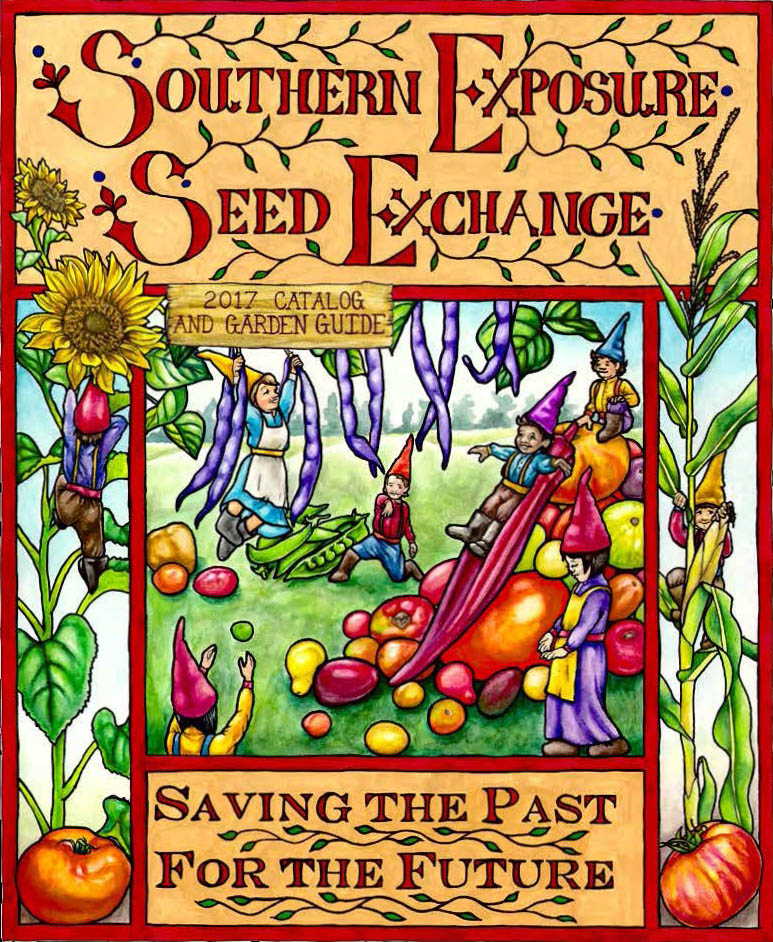 OUR JOURNEY
OUR JOURNEY
Southern Exposure Seed Exchange is located in Mineral, Virginia. On our way there, Pat and I found ourselves traveling off the interstate, down a narrow paved road, and traversing a gravel country lane. Now that I think about it, maybe the gravel roads came after we made a wrong turn. GPS isn’t so reliable when you venture off the beaten path. But you get the picture. Arriving at a quiet and idyllic setting I got the sense of it as a magical place.
The journey sounds further than it was, but it feels further than it is!
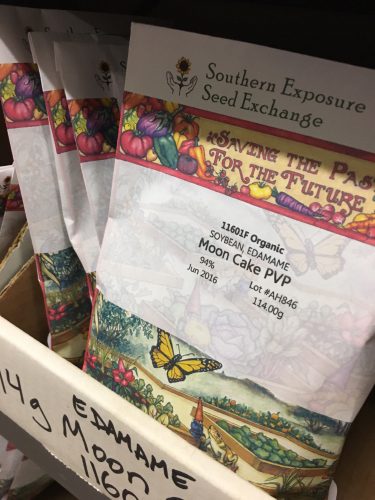
A MAGICAL PLACE!
The property belongs to Acorn, an intentional living community, which is home to Southern Exposure Seed Exchange. The business and community have evolved over time, but its mission of “saving the past for the future” is never more vital to the protection of our horticultural heritage. Southern Exposure Seed Exchange sells over 800 varieties of open-pollinated heirloom vegetables, flowers, and herbs. Did I mention organic? That almost goes without saying, but in the present horticultural market conditions and mass production of foodstuffs, nothing can be taken for granted. Their emphasis is on varieties that preform well in the Mid-Atlantic and southeast, although crops are grown across the country in small and large gardens alike.
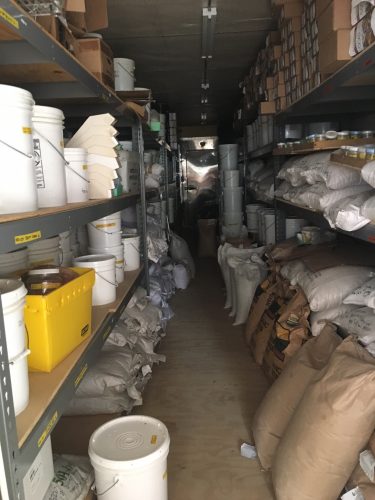 The network of farms that SESE partner with for seed production number over 50. After living their life cycle, those crops ultimately produce seeds for harvesting and re-populating the seed bank. Southern Exposure states, “It takes many farms to grow a collection of seeds like what we offer. We’re proud to work with a network of over 50 small farms in various parts of the US who grow seeds for us. Click here for profiles of several of these farms. Despite working with many growers who come to us with little experience saving seed, we find that the seed we buy from them at the end of the season is more reliably true-to-type than the seed we buy wholesale.”
The network of farms that SESE partner with for seed production number over 50. After living their life cycle, those crops ultimately produce seeds for harvesting and re-populating the seed bank. Southern Exposure states, “It takes many farms to grow a collection of seeds like what we offer. We’re proud to work with a network of over 50 small farms in various parts of the US who grow seeds for us. Click here for profiles of several of these farms. Despite working with many growers who come to us with little experience saving seed, we find that the seed we buy from them at the end of the season is more reliably true-to-type than the seed we buy wholesale.”
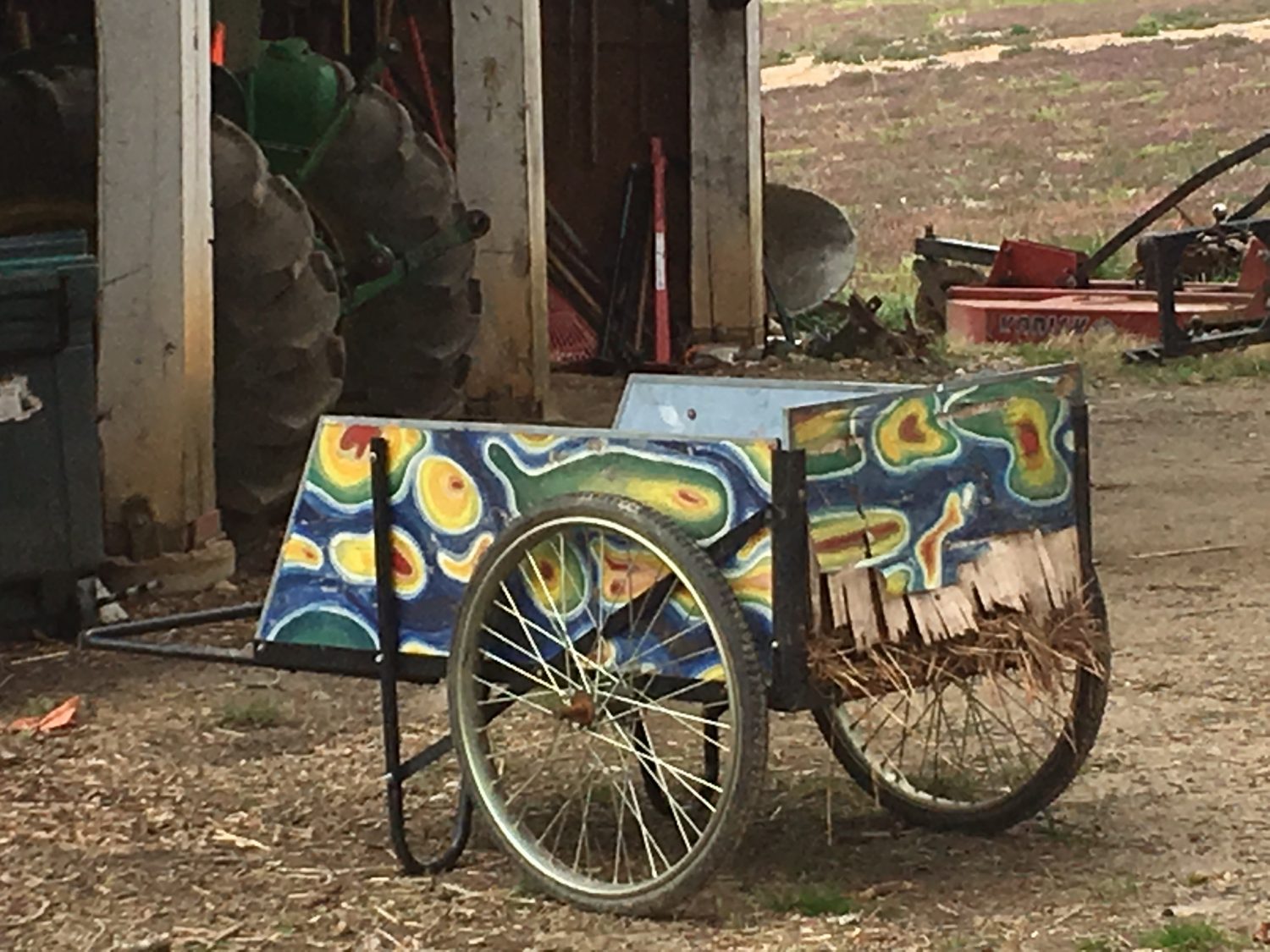 Maintaining biodiversity is a major initiative at Southern Exposure Seed Exchange. What does that mean, and why is it important?
Maintaining biodiversity is a major initiative at Southern Exposure Seed Exchange. What does that mean, and why is it important?
BIODIVERSITY — That’s coming up next…
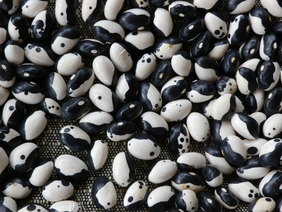
Related posts:
Tags: gardening, GMO, vegetable gardening
Leave a Reply Cancel reply
Subscribe to the Blog
Site Menu
Recent Posts
- What's a gardener to do... in winter?
Jan 22, 2024 - New Year, New Plans!
Jan 1, 2024 - The Thoughtful Host
Dec 7, 2023
- What's a gardener to do... in winter?

You may link to a post or take quotes if credit, including a link back, is given.
You may not take entire posts or photographs without asking.
Permission may be requested using the contact form .








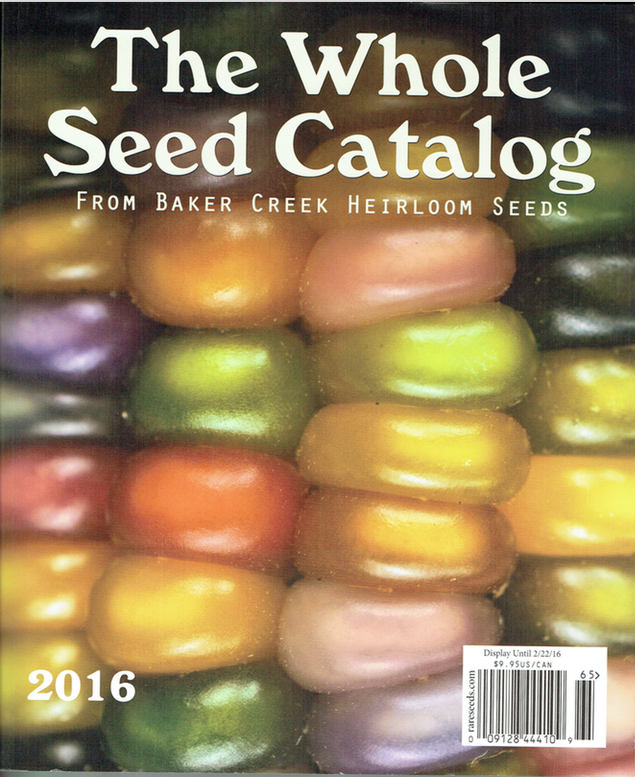

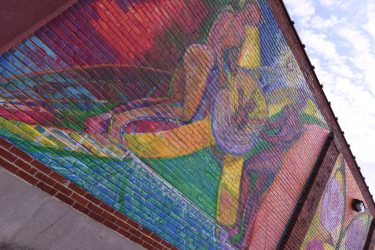



Share On